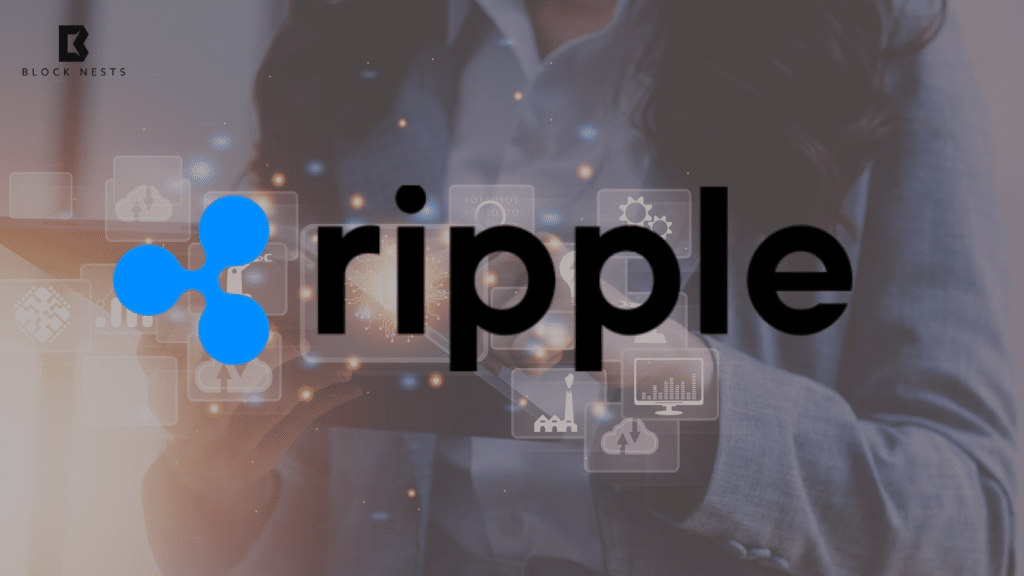- UC Berkeley and Ripple launch a Center for Digital Assets with $1.3 million in support.
- The center will focus on blockchain, digital twins, and redefining asset value in the digital age.
- Joint research, talent development, and startup acceleration will shape new industry standards.
The digital world is growing at an unstoppable pace. Ripple is also advancing digital innovation, aligning with this massive growth. Global data creation is expected to reach more than 175 zettabytes in the next few years. A single zettabyte equals a trillion gigabytes, making the number nearly impossible to picture.
We're proud to partner with @UCBerkeley on the launch of its new Center for Digital Assets: https://t.co/l3MISAkXqO
— Ripple (@Ripple) October 2, 2025
From classrooms to real-world impact, this builds on years of innovation through our University Blockchain Research Initiative.
Find out more about the…
This content flood poses the problem of how to record, deposit, and impart value to digital data. UC Berkeley’s College of Engineering has risen to the challenge. Supported by Ripple in conjunction with its University Blockchain Research Initiative, the university has established the Center for Digital Assets.
Ripple is financing the project using $1.3 million in RLUSD, Ripple’s U.S. dollar-pegged stablecoin. It is the culmination of the long-existing academic-industry collaboration. Ripple will translate research into applications. It will bring together faculty members and Ripple engineers for projects at the edge of the blockchain and the digital twin technologies.
Ripple and Berkeley Research Digital Twins and Assets
Digital twins refer to virtual replicas of physical assets ranging from machines and factories to farmlands and forests. Such replicas allow for the exploration and experimentation of assets in innovative ways. For instance, using a Farmer could utilize the digital replica of a crop deliver the value it presents electronically and obtain credit for banks.
In production, businesses might virtually mock up a product before making it so as to minimize waste and trim costs. Storehouse systems might develop beyond basic counting of items in the stockroom to virtual interactive previews for purchase decisions.
Research will also involve the development of relied-upon frameworks used for defining as well as measuring the value of digital assets. This process will be crucial as the use of deep World Wide Web integrated goods plus cryptocurrencies integrated into market channels worldwide grows.
It is established on three pillars. Firstly, it supports co-research and pilot projects connecting scholarship with industry requirements. Secondly, it develops talents so students work hands-on on the tools of blockchain as well as on the economics of digital assets.
Berkeley Center for Digital Assets Expands Innovation
Third is ecosystem development through startup assistance as well as worldwide cooperation. Among the large initiatives is the Berkeley Digital Asset Accelerator developed in partnership with Ripple. It will foster growth-stage startups developing on the XRPL blockchain. It has its first cohort starting October this year, where it select forty-six applicants with ten teams.
Future groups will target digital twin businesses. Ripple’s involvement isn’t unfamiliar to Berkeley. Since 2018, the company has funded initiatives supporting blockchain scholarship and student entrepreneurship. But it’s the first time Ripple has funded all the way to building an entire campus research center.
Center for Digital Assets will solidify the strength of Berkeley as the center for innovation in digital assets. Connecting the classrooms, the research laboratories, as well as the startups, the project will influence the next-gen blockchain-enabled.
Related Reading: Metaplanet Acquires $623 Million in Bitcoin, Becoming Fourth-Largest Publicly Traded Bitcoin Treasury Firm
How would you rate your experience?






